By Makena Pratt, published in Eugene Magazine
Now is the time of year when we want to start enjoying the yard outside of our home as much as our home itself. But not all yards are created equal. There are a multitude of ways to curate and customize landscapes to an individual’s needs and to what makes the most sense for the landscape itself. When it comes to maintaining a harmonious space, though, the key is to find the line between simplicity and diversity while keeping in mind the environment and the function of the space.
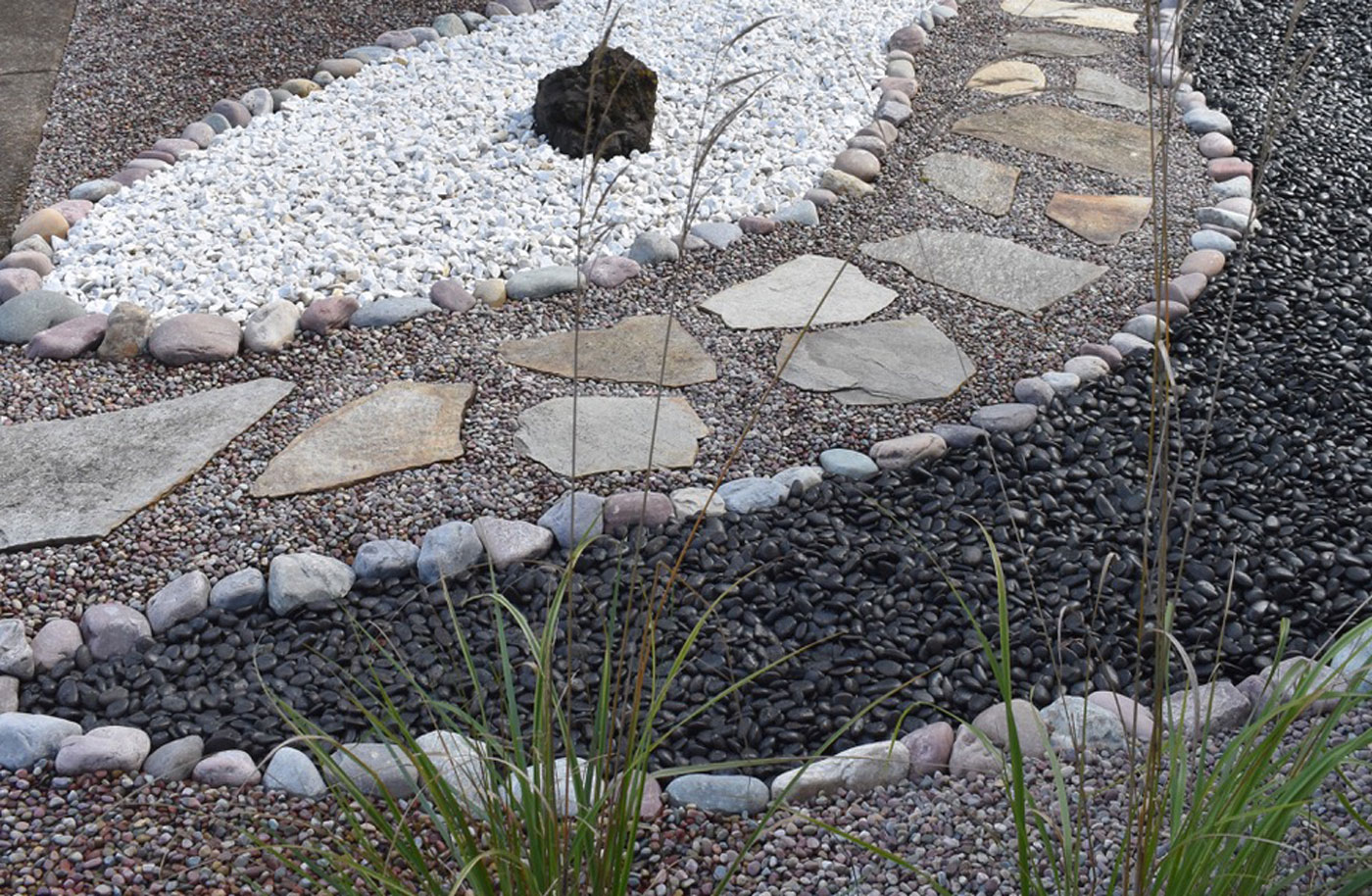
LandArc Landscaping and Design owner Jamie Whitney says a good landscape lives within the paradox of simplistic diversity.
“In a landscape, there’s a lot to look at,” says Whitney. “Landscapes are complex and dynamic and can easily feel overwhelming. There are many textures, colors, and shapes. So, simplifying the elements will create more of a zen experience. Looking at the landscape as a whole, rather than the individual parts can help to unify space and provide a more cohesive, harmonious feel throughout the landscape.” However, diversity in a landscape is important too. With the right balance of elements you can create a sensory-rich experience that is ecologically balanced, while providing multiple functions that work together harmoniously.

Whitney, a graduate of the University of Oregon landscape architecture program, has had his hands in the landscaping business since 2008. His favorite way to create diversity in landscapes is water features.
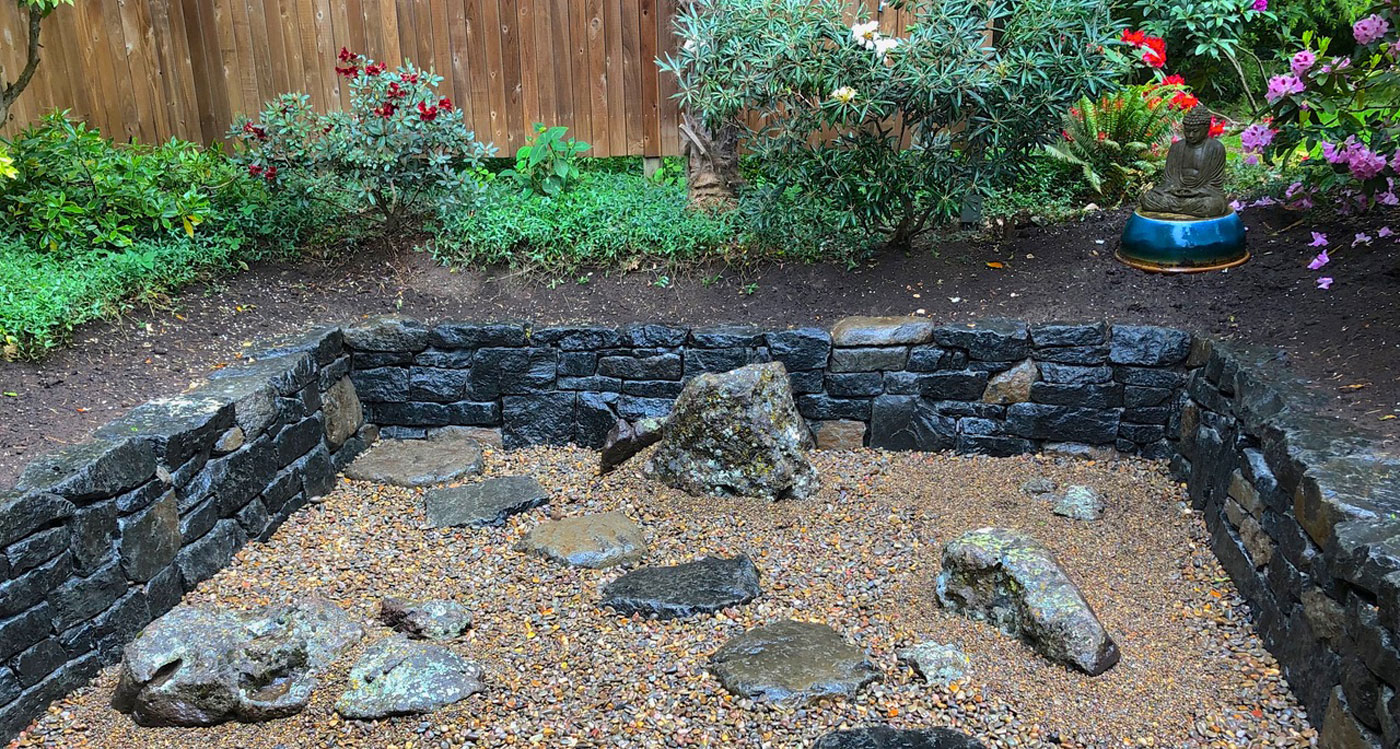
“In Oregon, water is such a huge element of the natural landscape,” he says. “A lot of what we are doing at LandArc is mimicking natural processes. When we create a water feature, it stimulates more life through the movement of water, and the melodic sounds of water are therapeutic. A waterfall releases negative ions into the atmosphere, providing an increase in blood flow and oxygen content to your cells. Water also attracts pollinators and wildlife.”
Consider choosing plants for an up-and-coming landscape that also mimic the greater natural environment. Whitney advises that plants should be adapted to local climates and encourages the use of native greenery. In doing so, you create a landscape not only in balance within its own elements, but one that also harmonizes with the natural wildlife of the area — inviting in the birds, bees, and butterflies, among other critters, to bring the landscape to life.
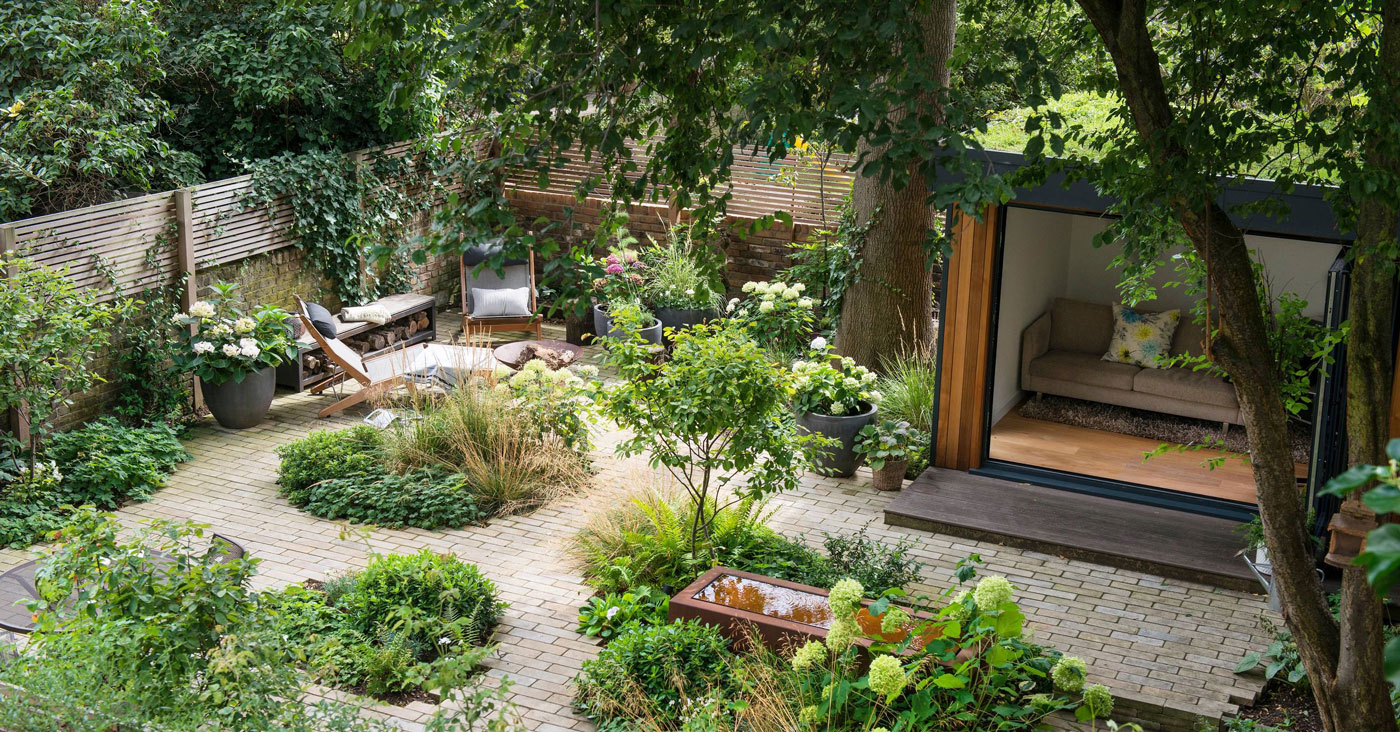
There are no black-and-white rules that can apply to every individual looking to renovate their yards, however.
“Every landscape is unique and the individual is unique too,” Whitney says. Some people want backyards with functional spaces that will host gatherings, and some want peaceful zones for quiet reflection. Either way, consider the space’s intended function.
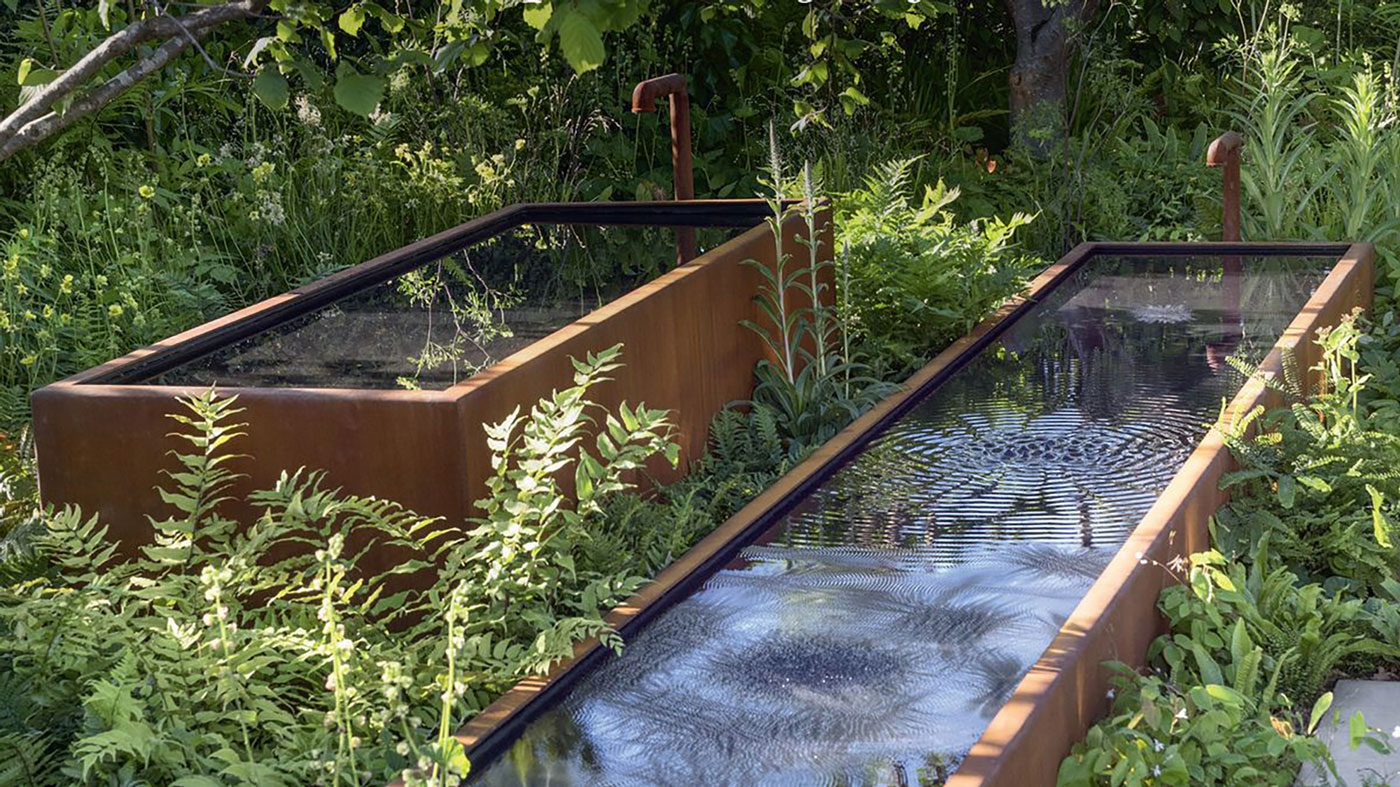
“Landscapes are dynamic and complex and unique,” he says. “I would suggest looking at the landscape surrounding your house as an extension of your living experience. Inside your house, you have rooms for specific functions, so think about your landscape as an extension of your house and how the spaces that you create provide specific functions.”
Just as a living room is designed for lounging and a kitchen is intended for cooking, landscapes are the most effective when they are designed with their intended function in mind. Whether that be hosting summertime barbeques or solo meditation in a zen garden, Whitney insists that creating a personalized landscape relies on one major factor — what you want to do in your space.
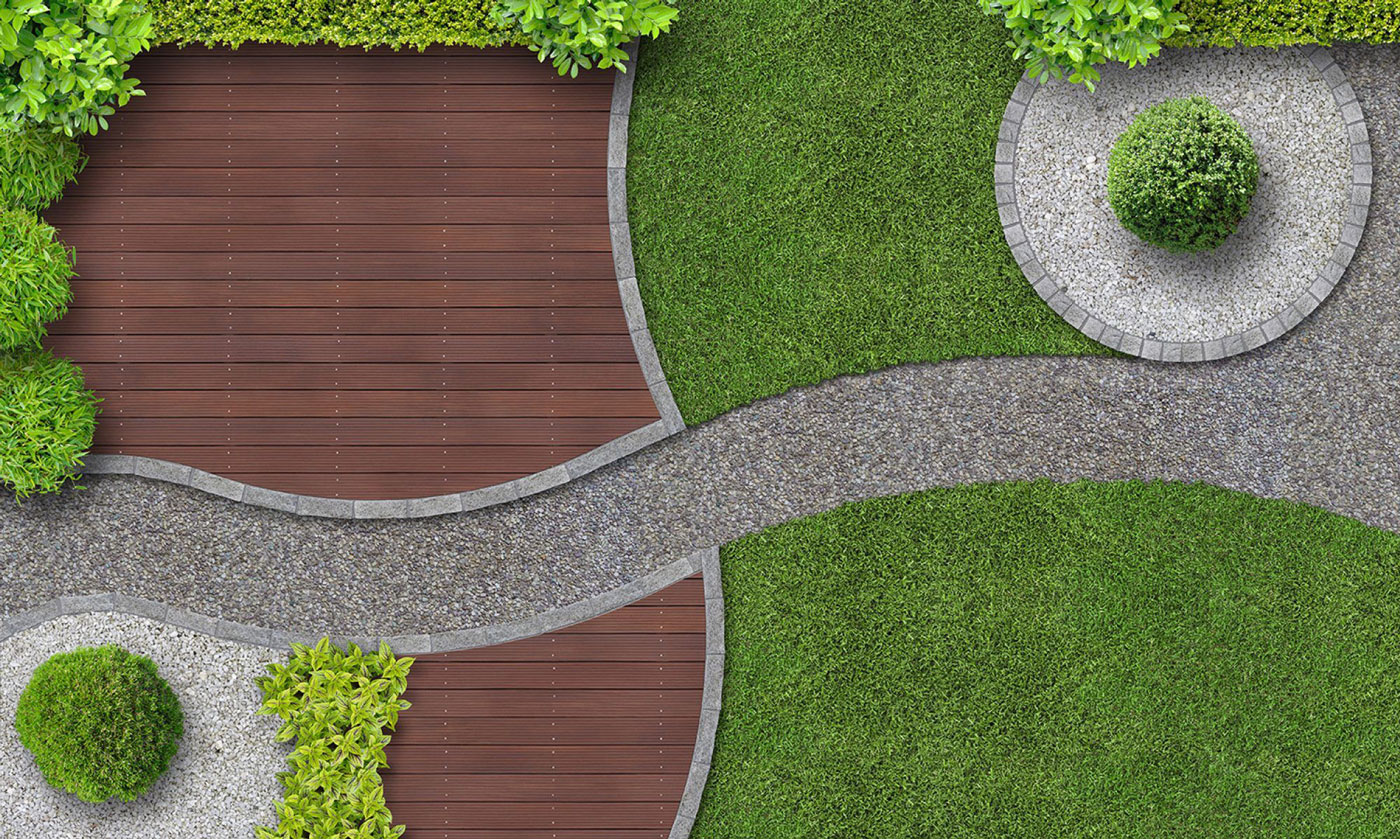
“Every person is so unique,” he says. “It’s all about looking at the elements that are there and thinking about what you want to do in your space. Sometimes it’s not necessarily doing anything in the space.”
There are no right or wrong answers when it comes to personalizing a landscape. Landscapes are and will continue to be as unique as each individual. But, by incorporating specialty features and plants that mirror the natural environment while being mindful of functionality, a landscape can be transformed into a little oasis reflecting nature.
Click here to read the original article on EugeneMagazine.com: KEYS TO SUCCESSFUL LANDSCAPING

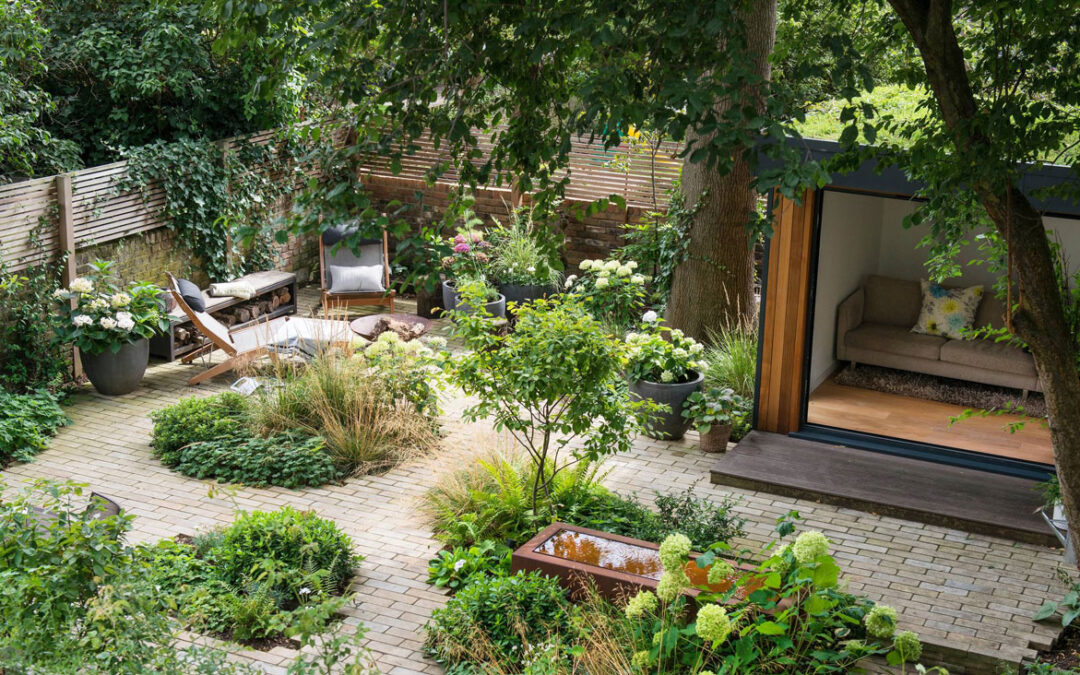


0 Comments